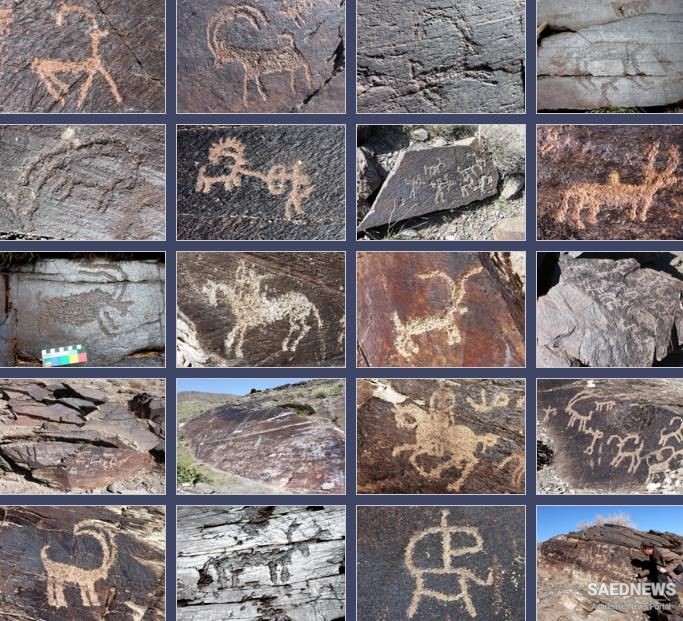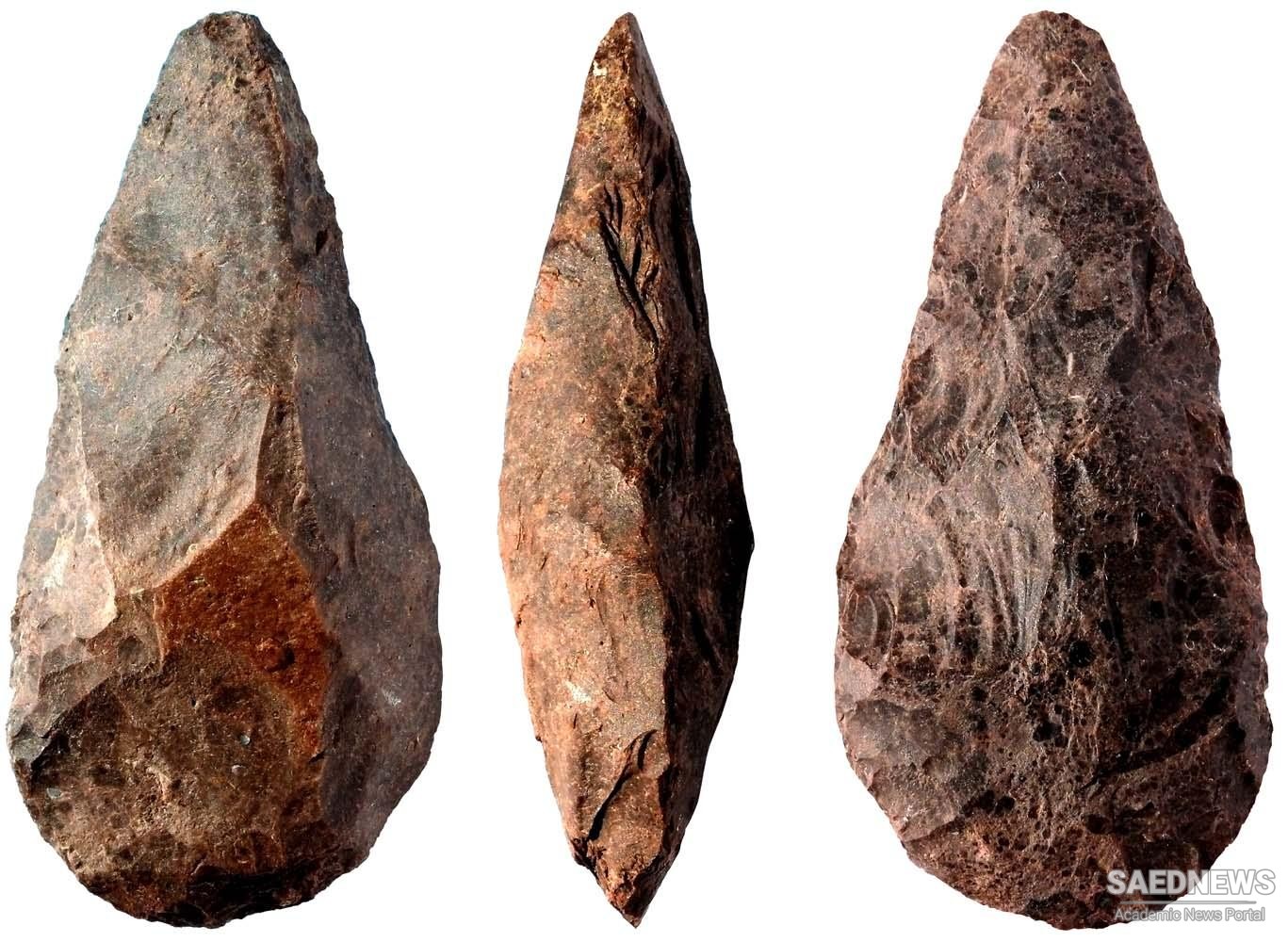In terms of glacial chronology, Neanderthal man first appeared in both Europe and the Middle East towards the very end of the third or "Riss-Wurm" interglacial period. Before this time Neanderthaloids are unknown, and so one may justifiably assert that during the third interglacial period a dramatic change occurred in the constitution of the population of the European and South-west Asian area.
Comparatively few fossil bones of third interglacial age and older are known in Europe. Among the finds are Heidelberg (first interglacial period); Swanscombe (second interglacial); Steinheim (third interglacial), and Ehringsdorf, Font^chevade, Montmaurin, and Krapina (all third interglacial). Among other attributes this group of men, or possibly this number of racial groups, had brains that were modern in both sizes and shape, and at least some individuals had small faces in relation to total head size. This population, if in fact it is singular, has been termed "Archaic European".

As regards the Middle East, very few remains have been discovered that are as old as those of the "Archaic Europeans", though certain finds probably fall into this category, such as those at Mugharet el Zuttiyeh, near the Lake of Galilee, and also some of the remains on Mt Carmel. As with some of their European contemporaries, these manifest affinities with modern European forms of man as well as with the long-extinct Neanderthaloids.
It is interesting to consider the relationships of the Neanderthaloids both with the "Archaic Europeans" and also with the subsequent peoples in this area of Europe and South-west Asia. Did the Neanderthaloids usurp their forerunners, and if so what was the fate of the earlier forms of men?
There are a number of theories suggesting the relationship between the Neanderthaloids and the men who lived before and after them, and these have been adequately summarized by Coon. First, it has been put forward that the Neanderthaloids were descended from their European forerunners, and were later the ancestors of those men who followed them. This is a simple unilineal evolutionary scheme; and although the first part of the theory may be soundly based it is very difficult, if not impossible, to believe that so highly speciauzed a group as the Neanderthaloids ultimately became could have evolved into modern European forms of man.
Second, it has been claimed that from the original "Archaic European" population Neanderthaloids evolved in one direction whilst modern European man evolved in another. Their progressive specialization, both anatomical and physiological, in order to cope with the particular environment that existed towards the end of the Riss-Wiirm interglacial and during the Wurm glacial period, eventually led to the extinction of the Neanderthaloids; for as environmental conditions changed, so alternative constitutional adaptations became more successful. These new forms were to appear as men of modern type.
A third possibility is that the Neanderthaloids invaded Europe and South-west Asia from the Far East. It is evident that the skeletons of early cave dwellers at Chou kou tien were in some respects like those of the later Neanderthaloids. For instance, the limb bones of the Chou kou tien skeletons had thick walls and thin channels, as in the Neanderthaloids, and features such as these are unlike those of the Europeans who either preceded or followed the Neanderthal form of man.


 Evolving Cultural Identity of Ancient Persia: From Parthians to Sassanians
Evolving Cultural Identity of Ancient Persia: From Parthians to Sassanians














































